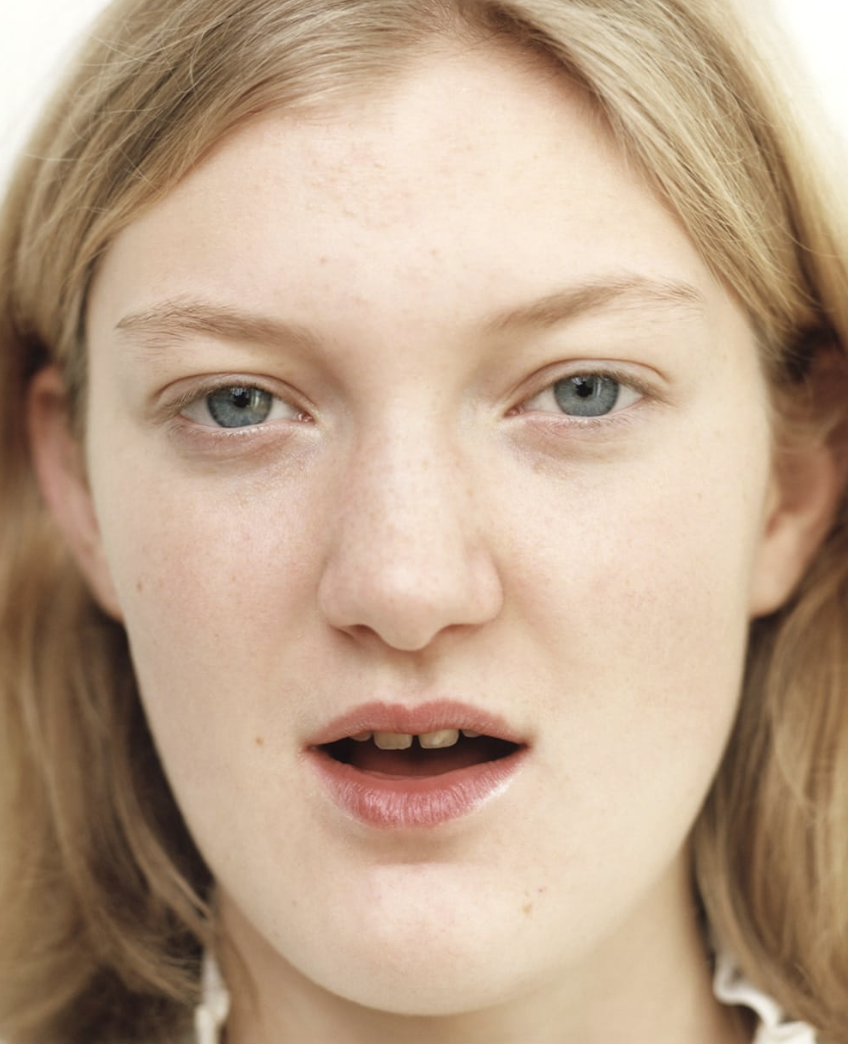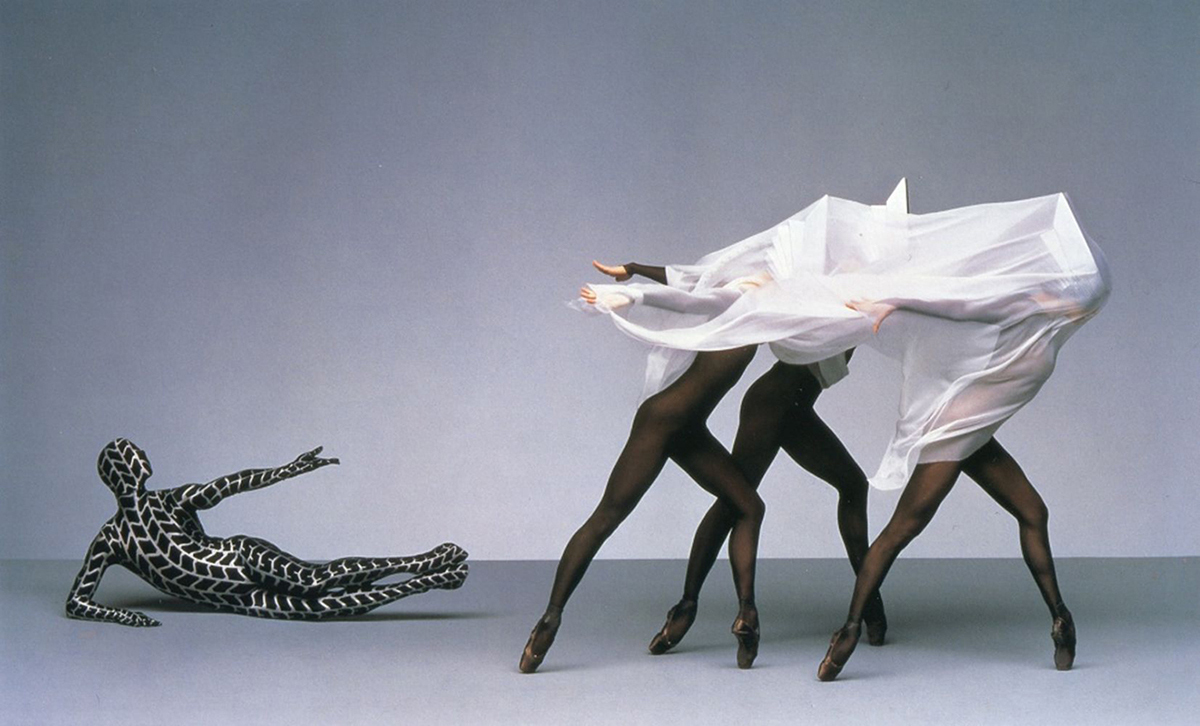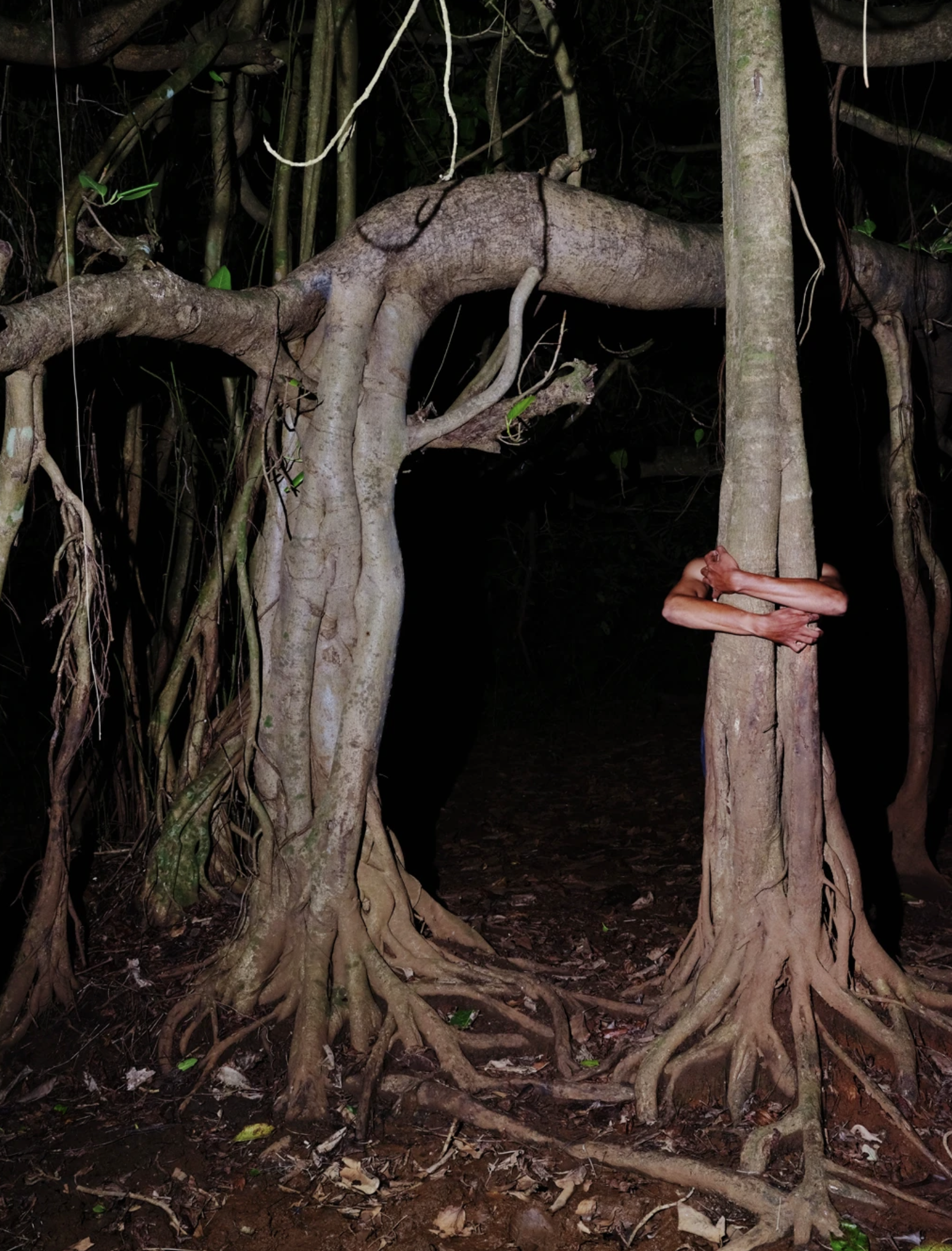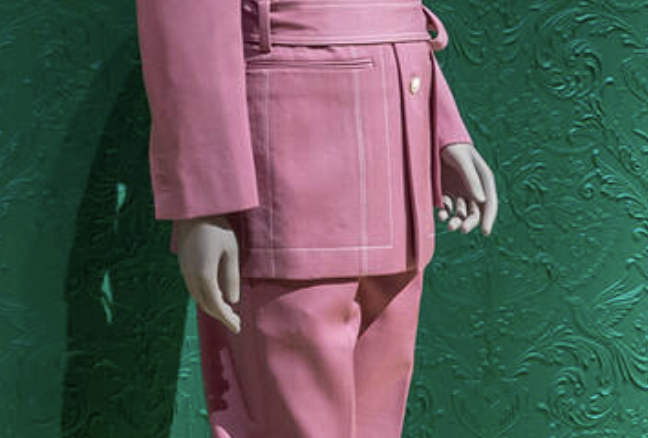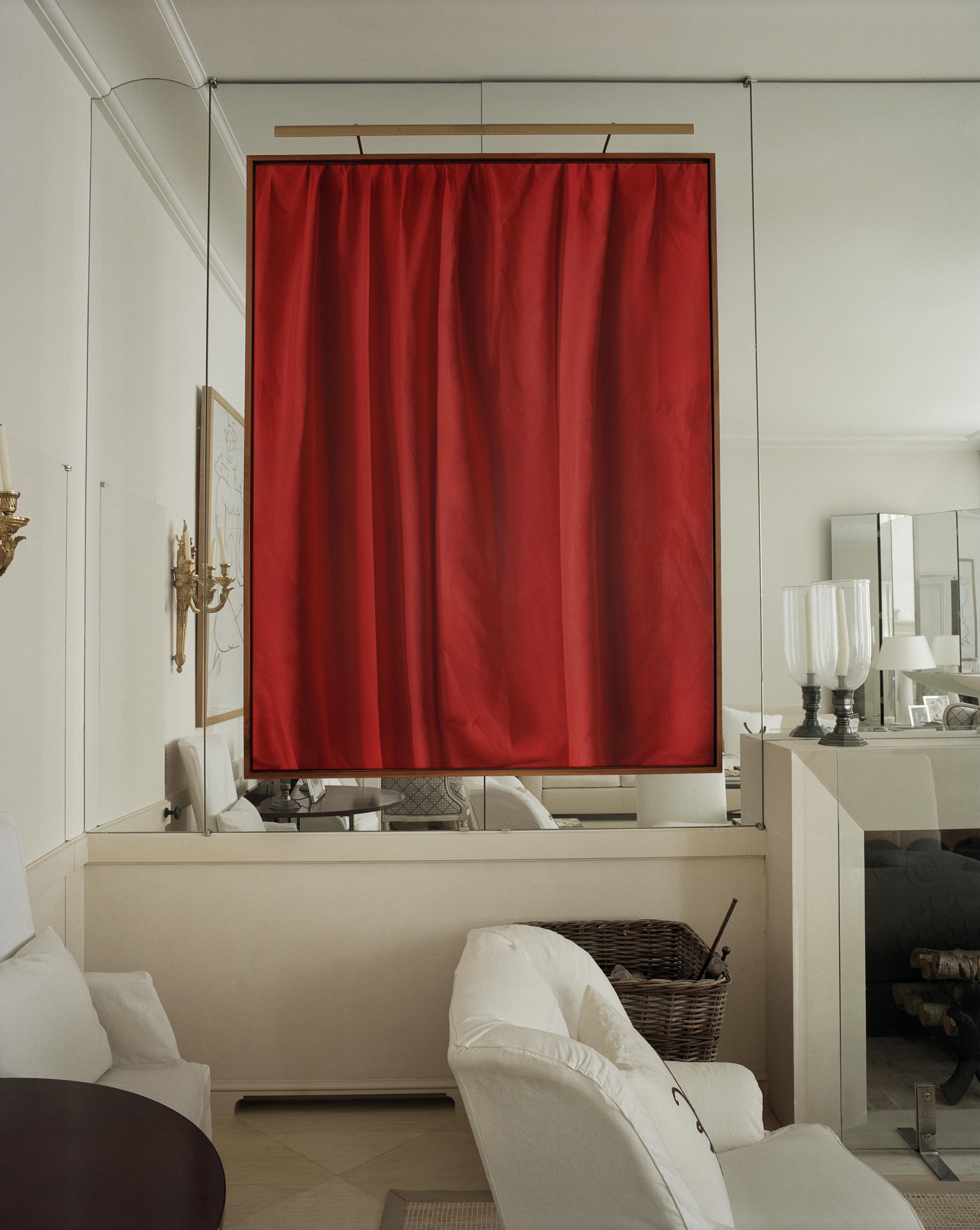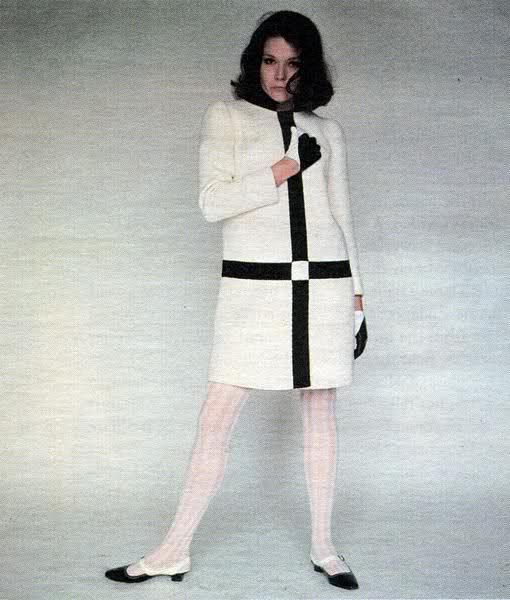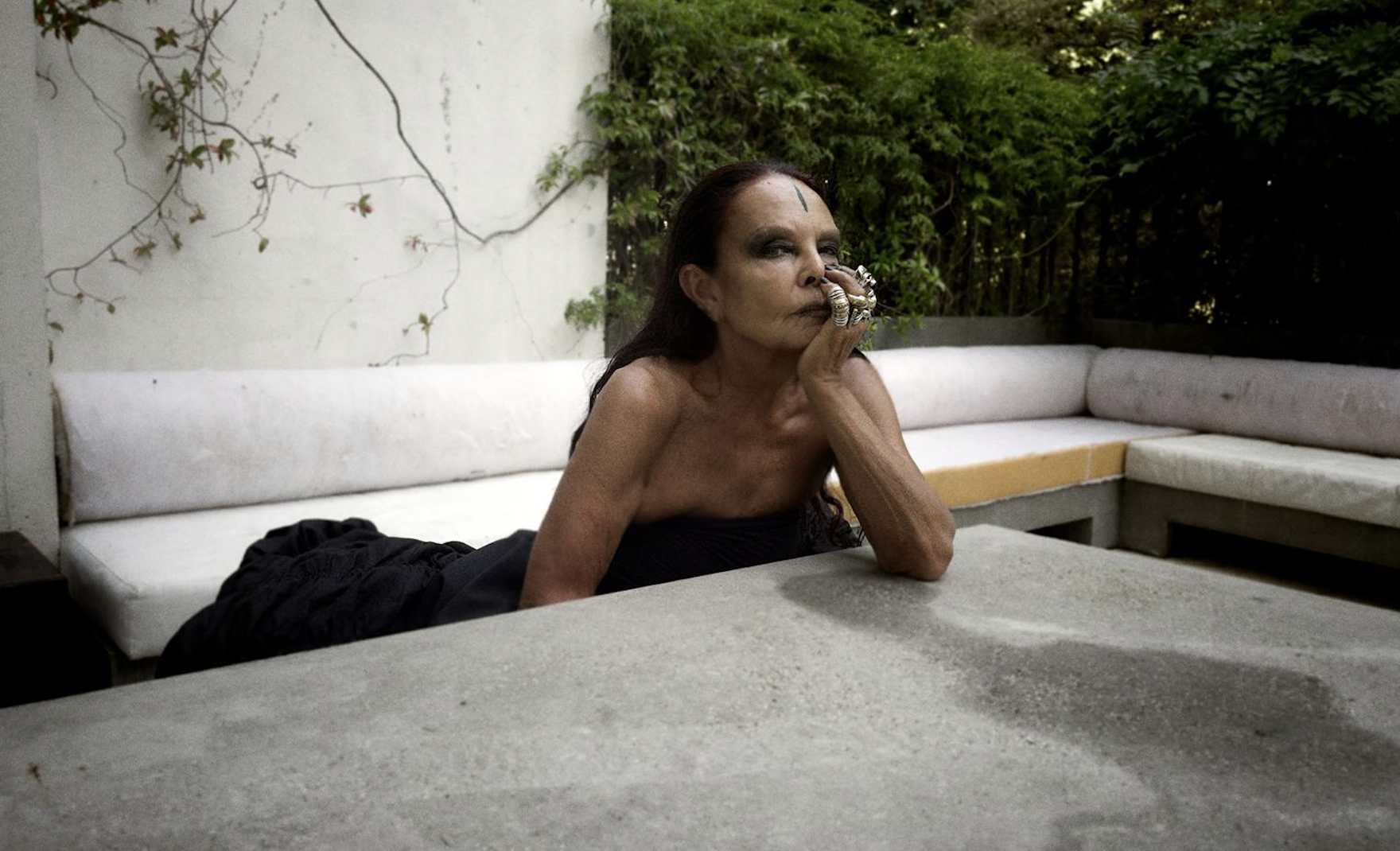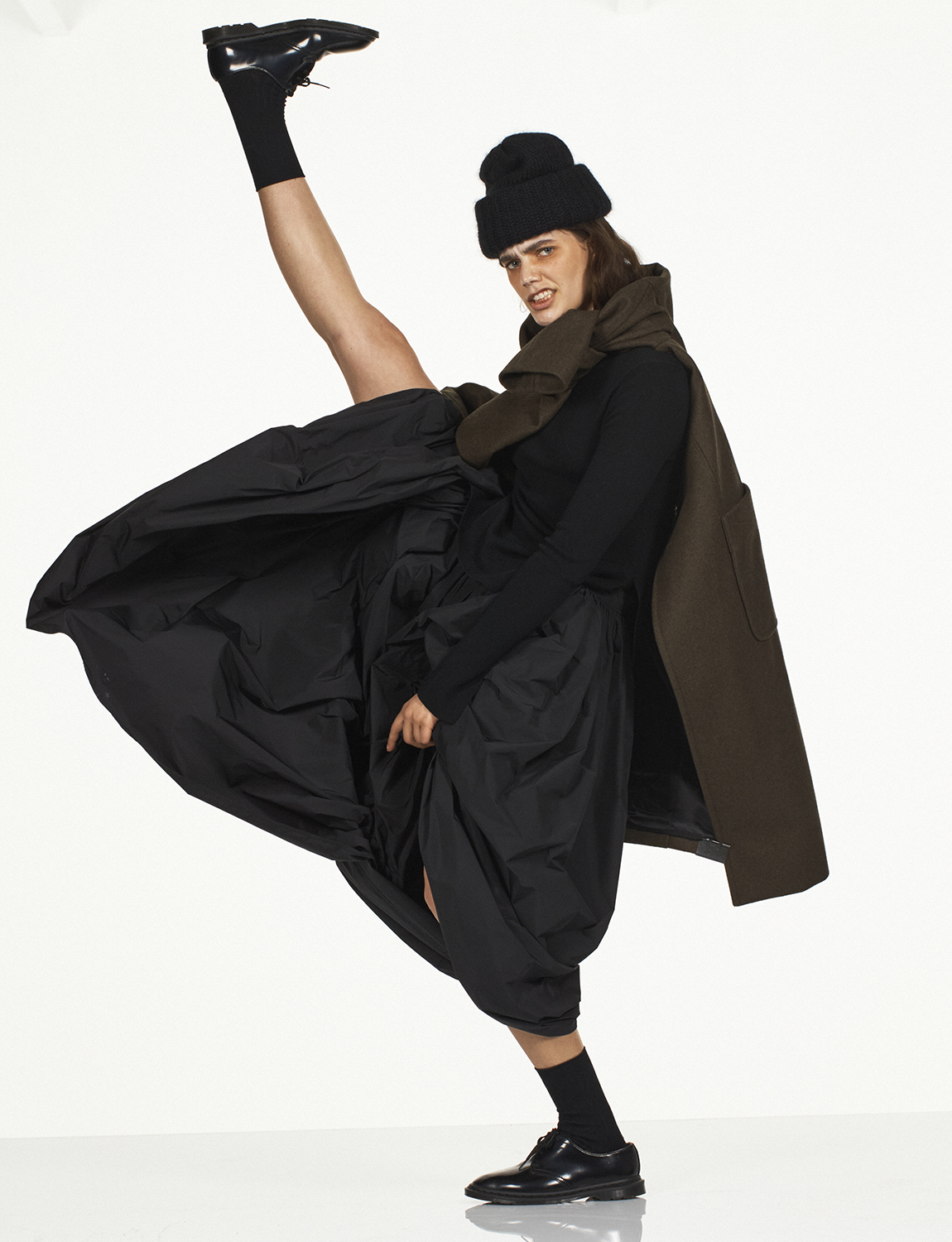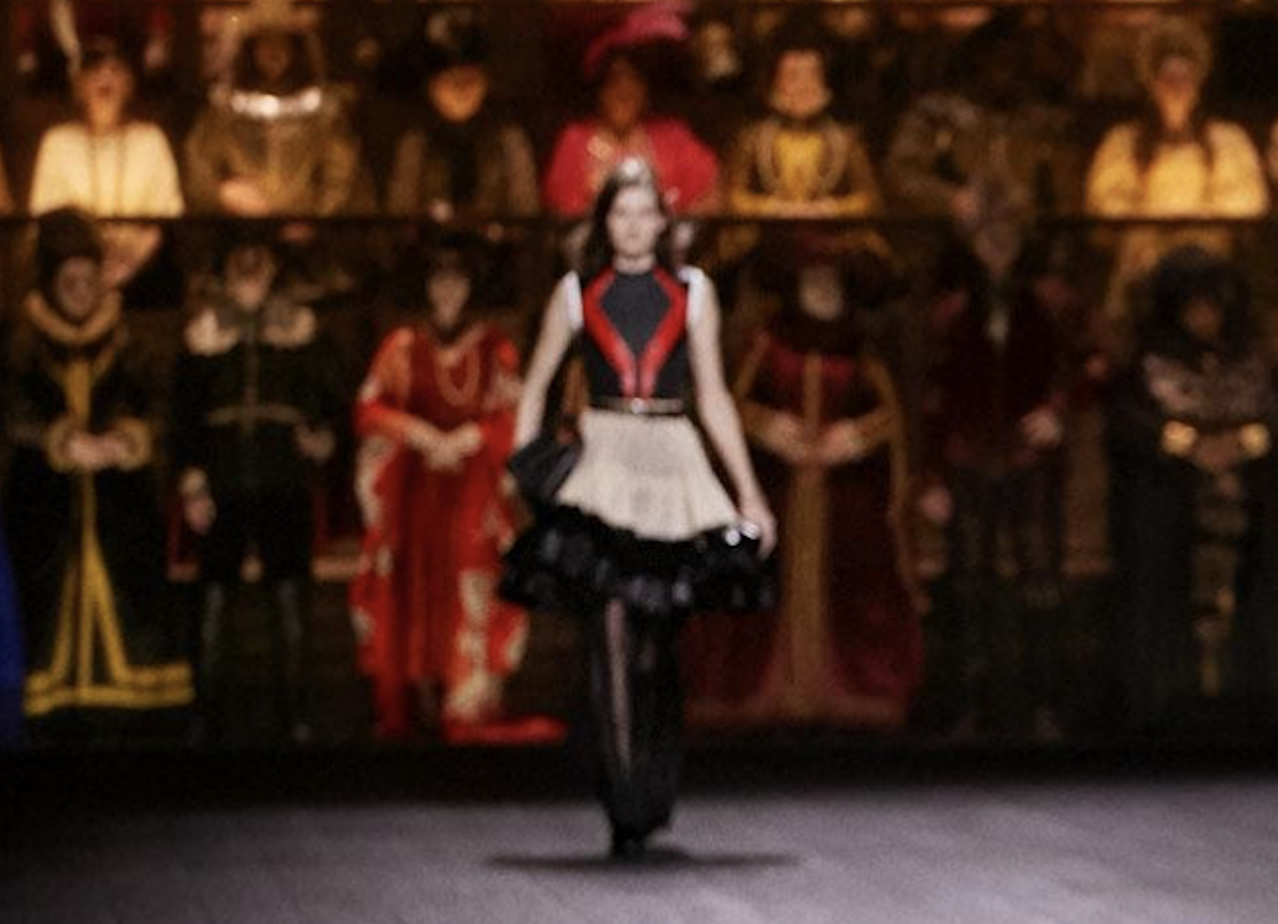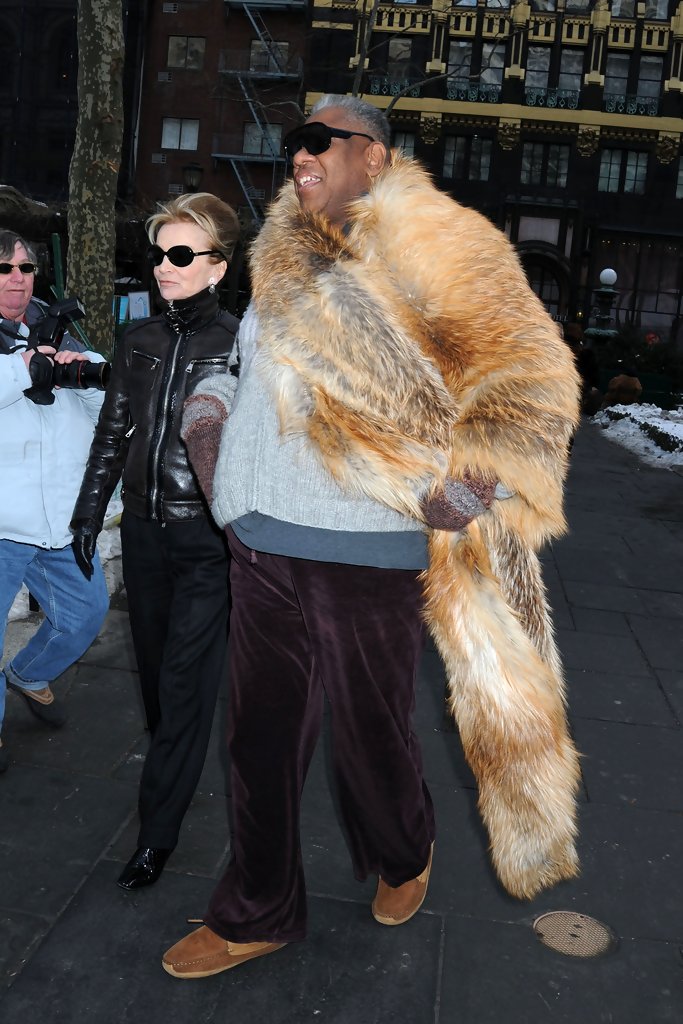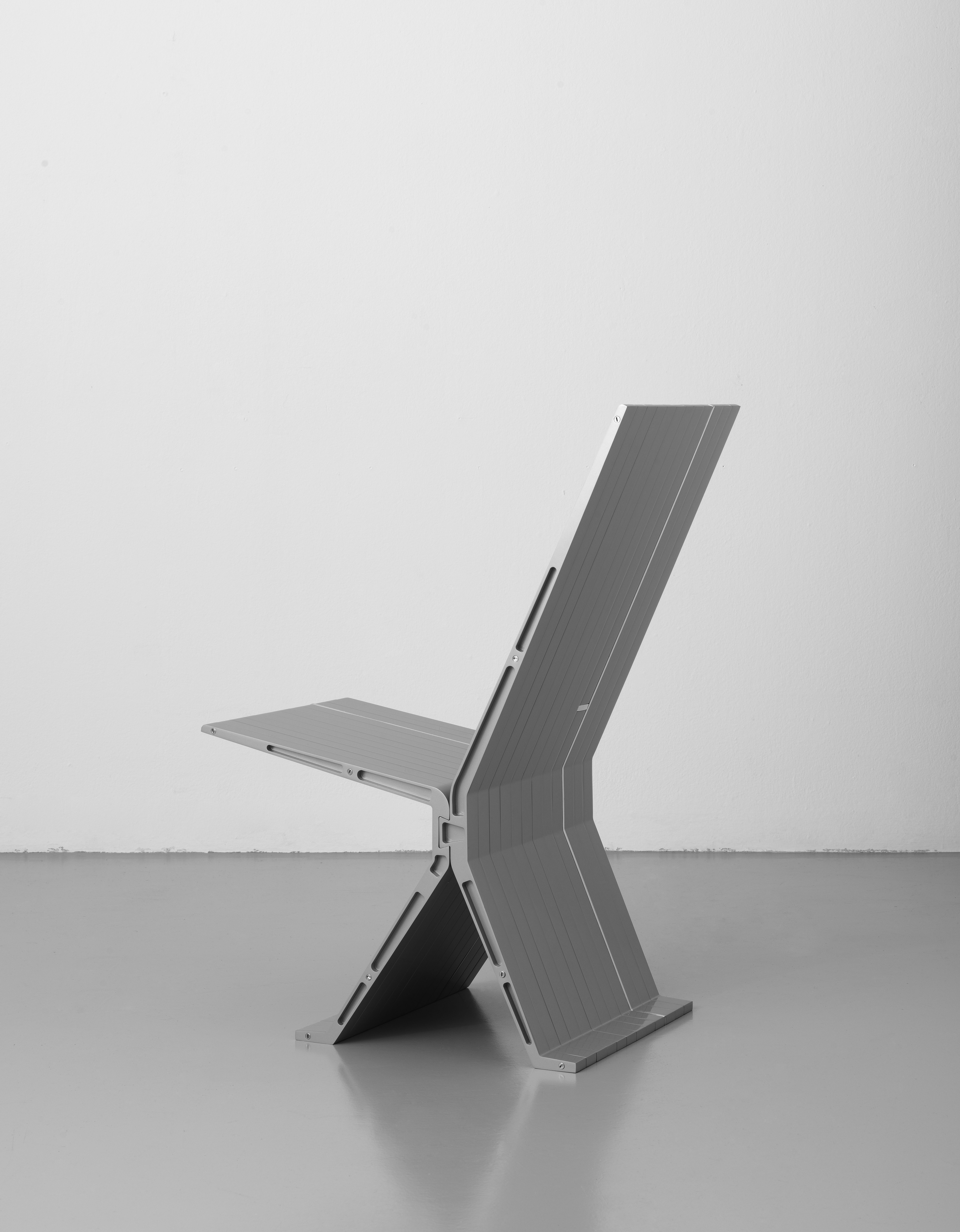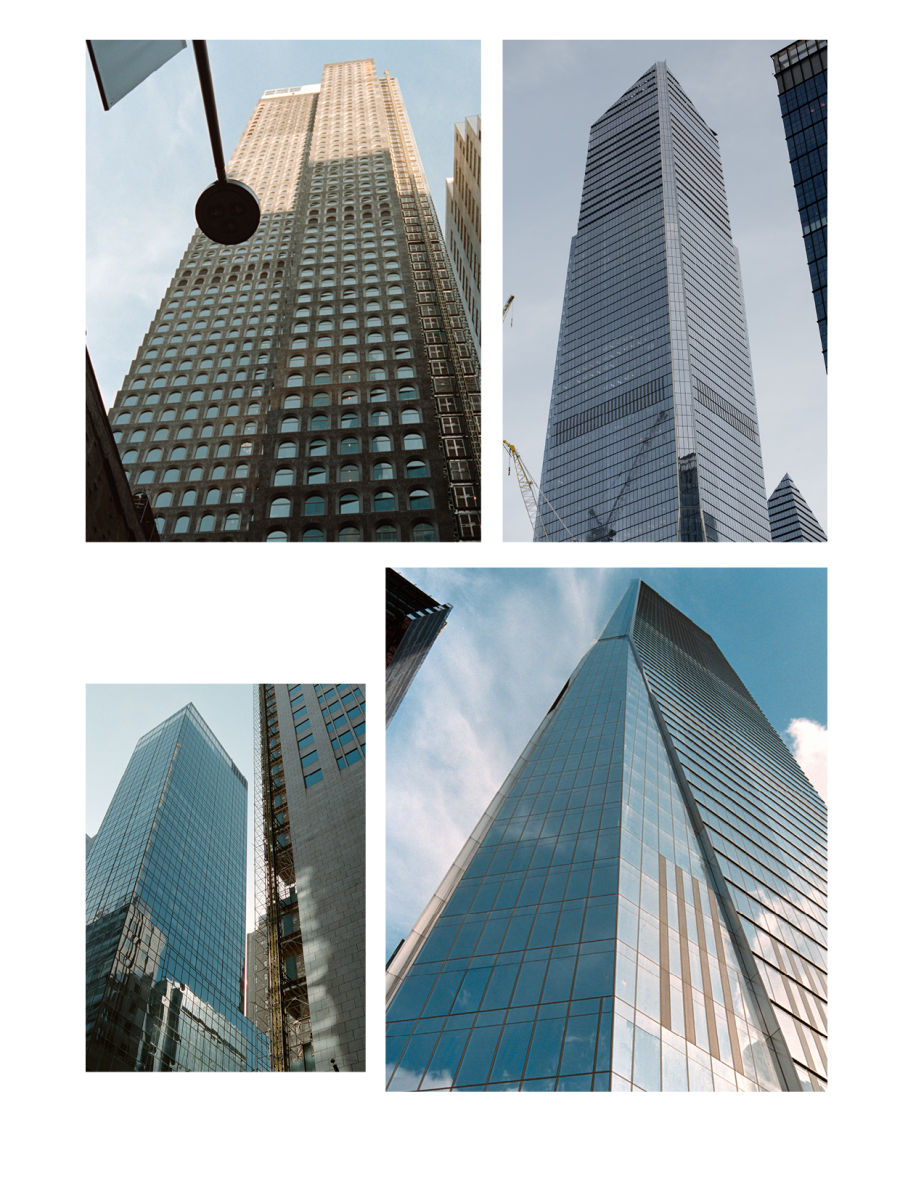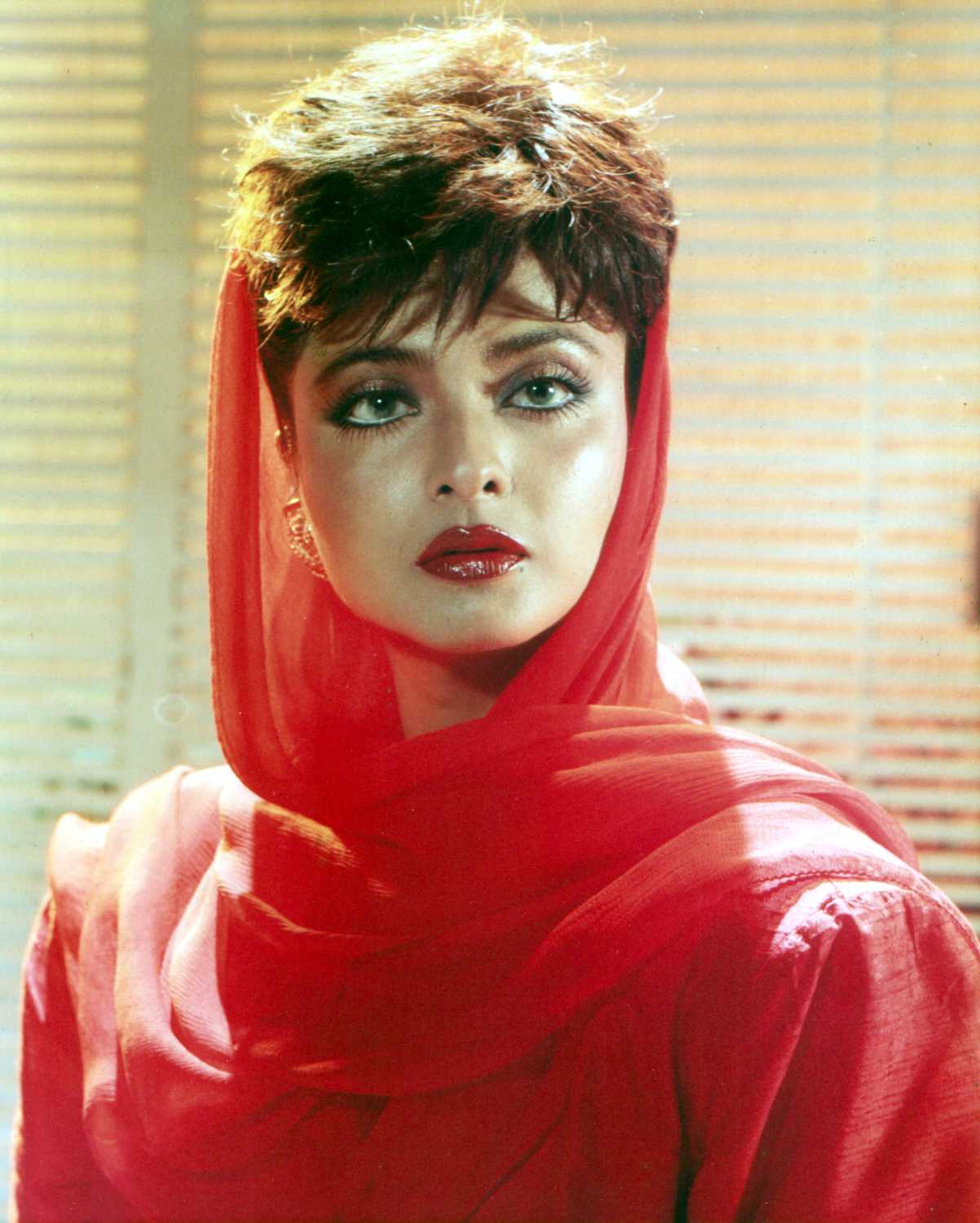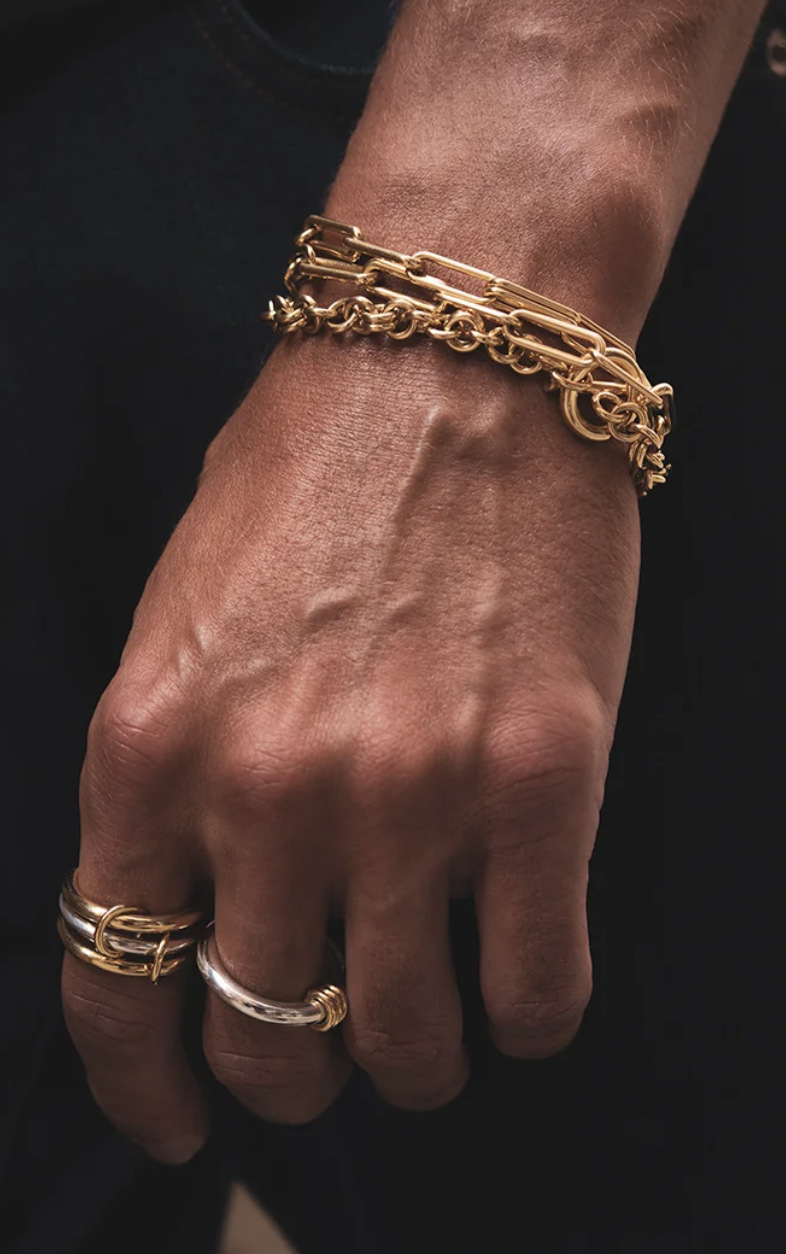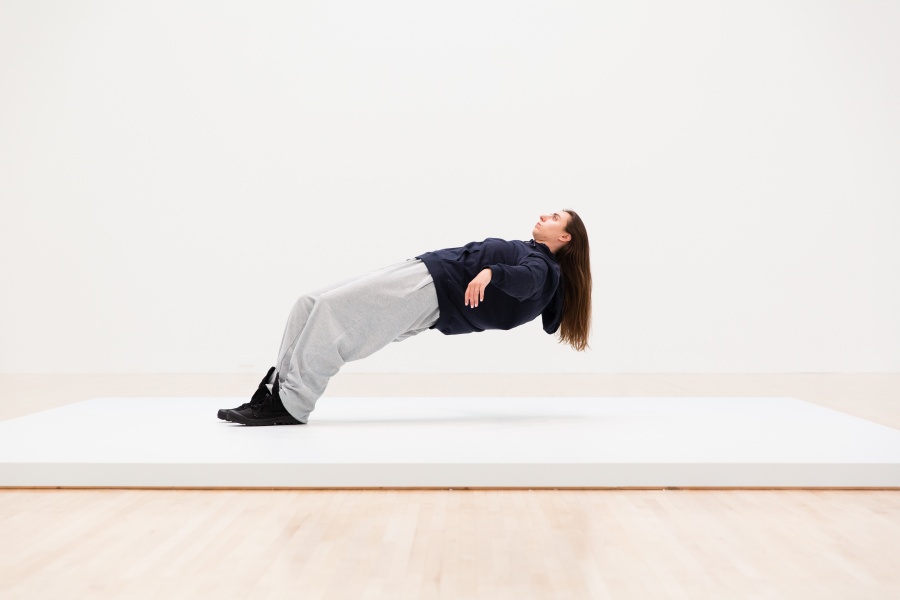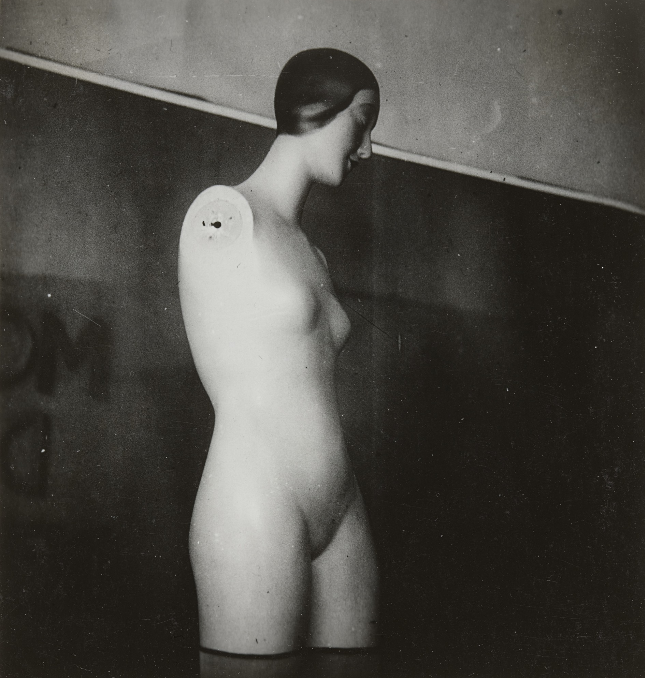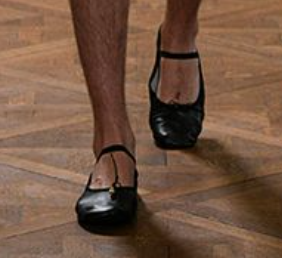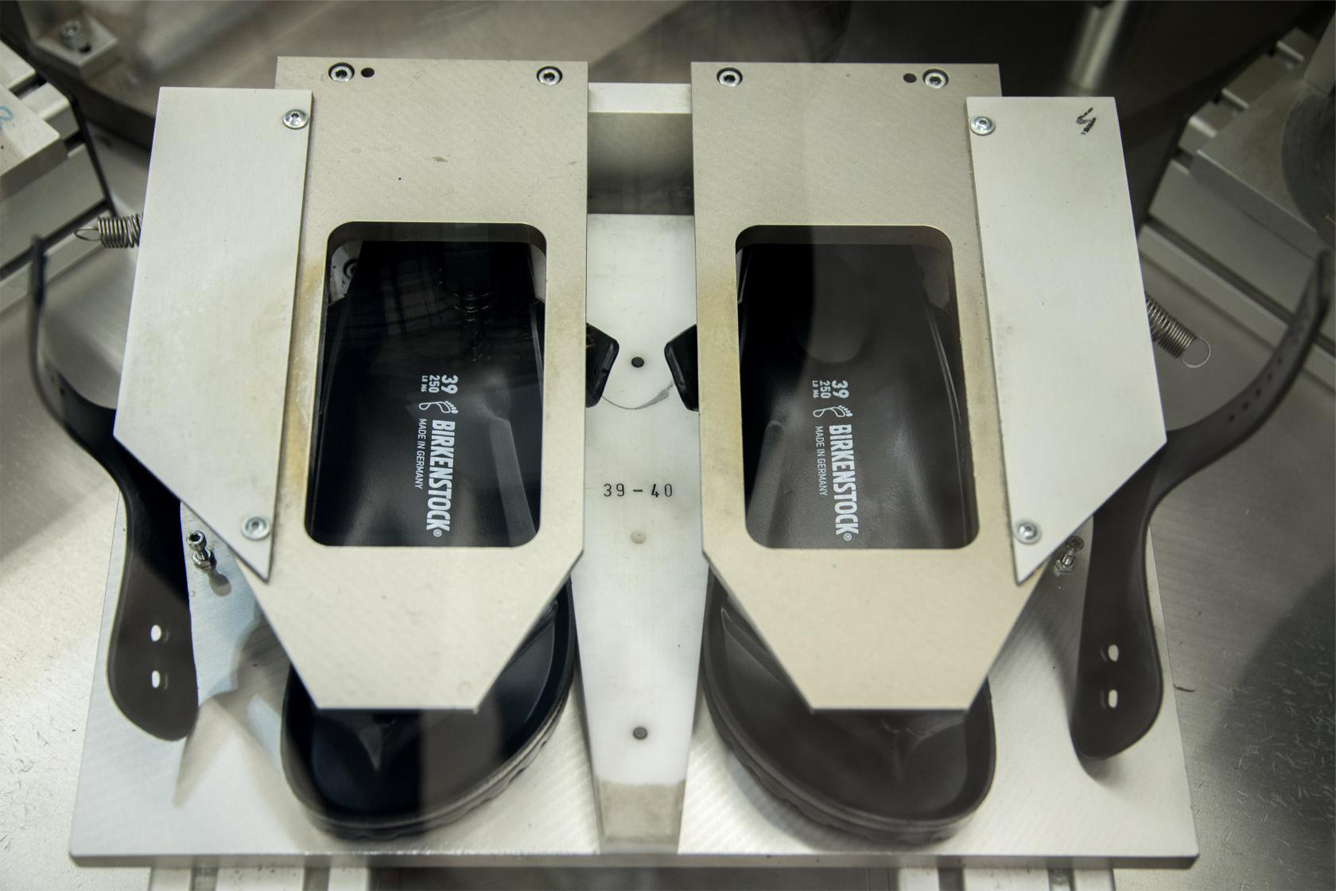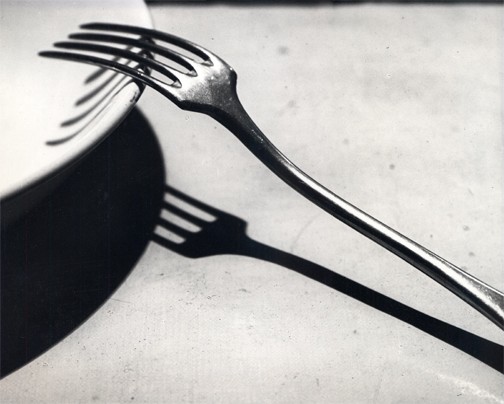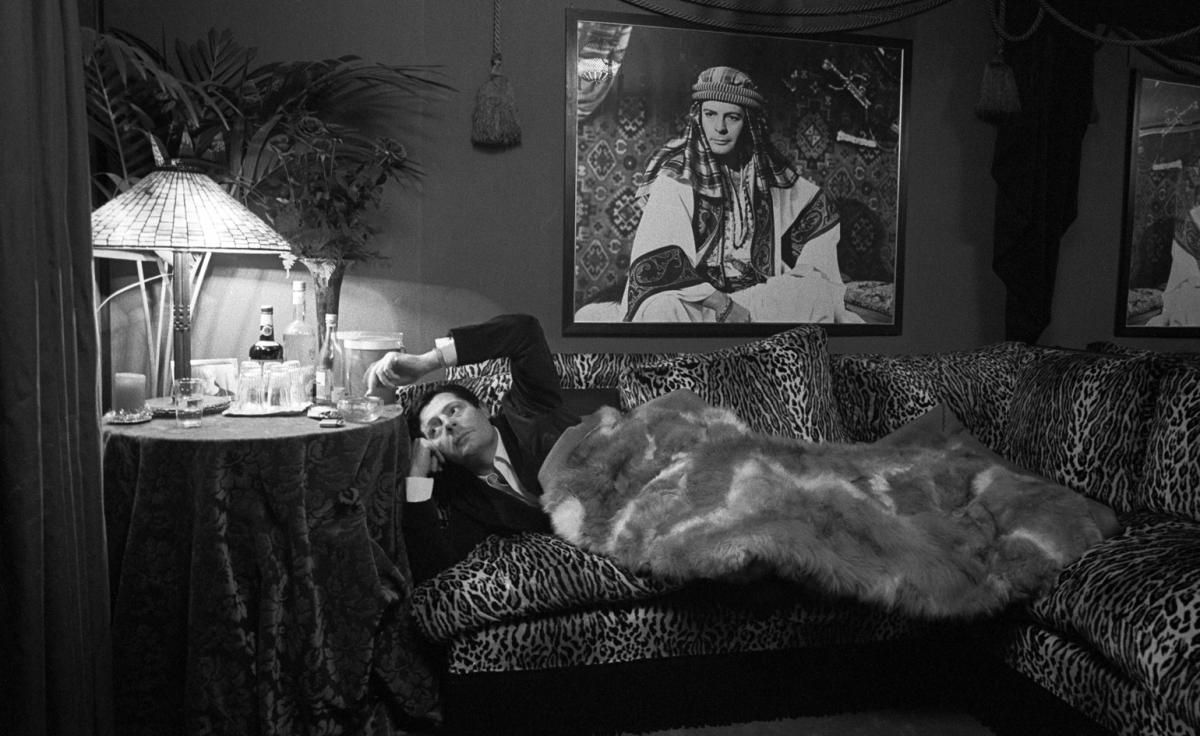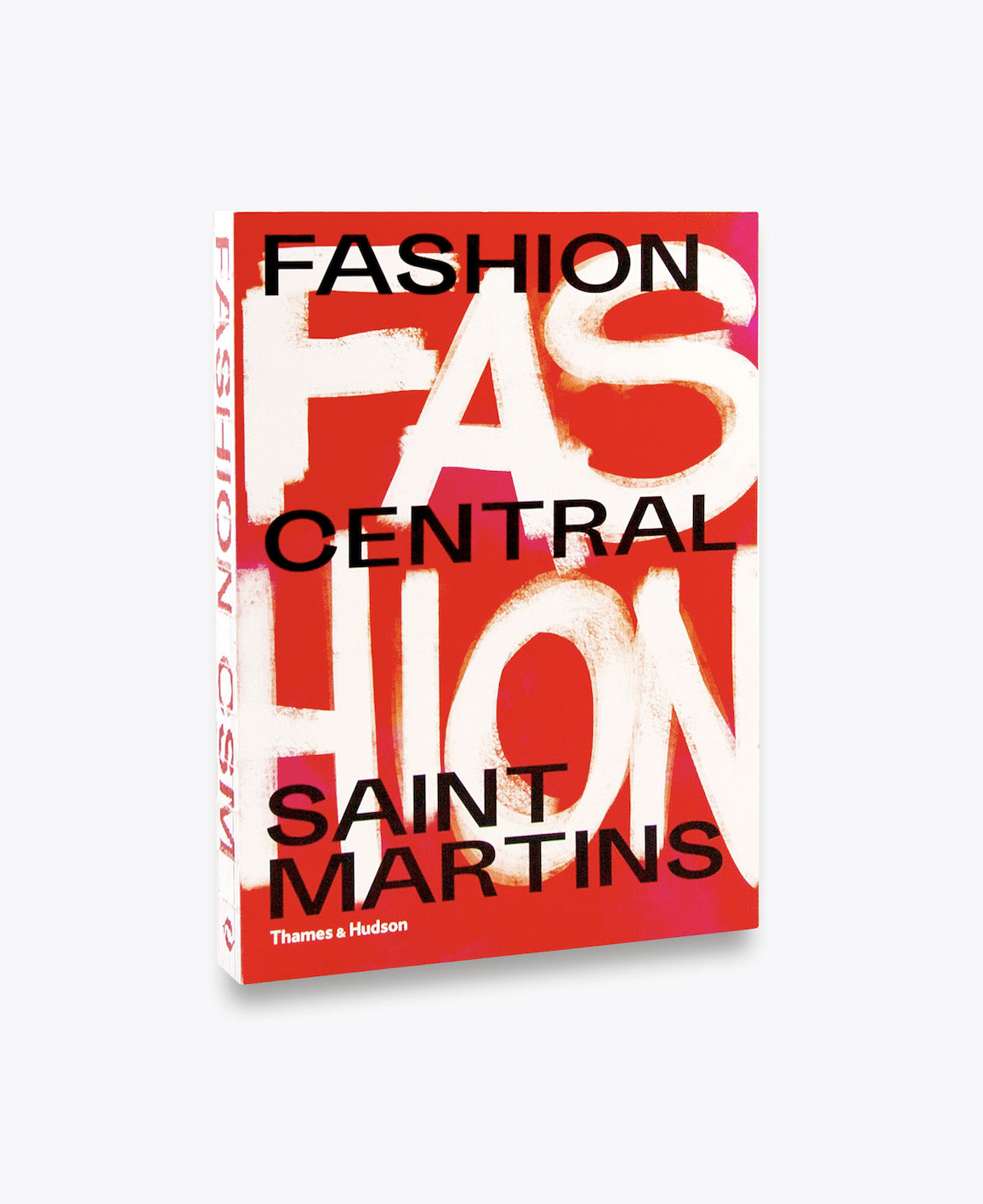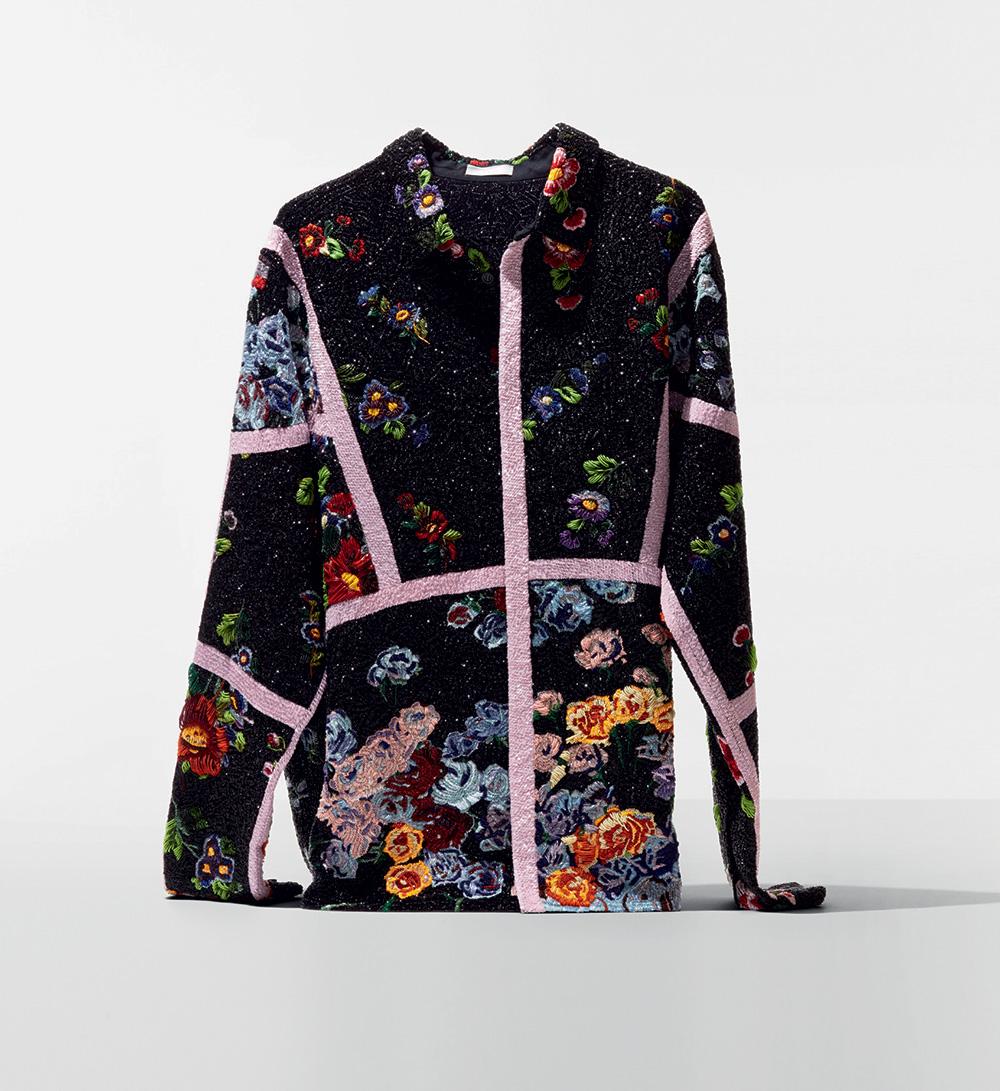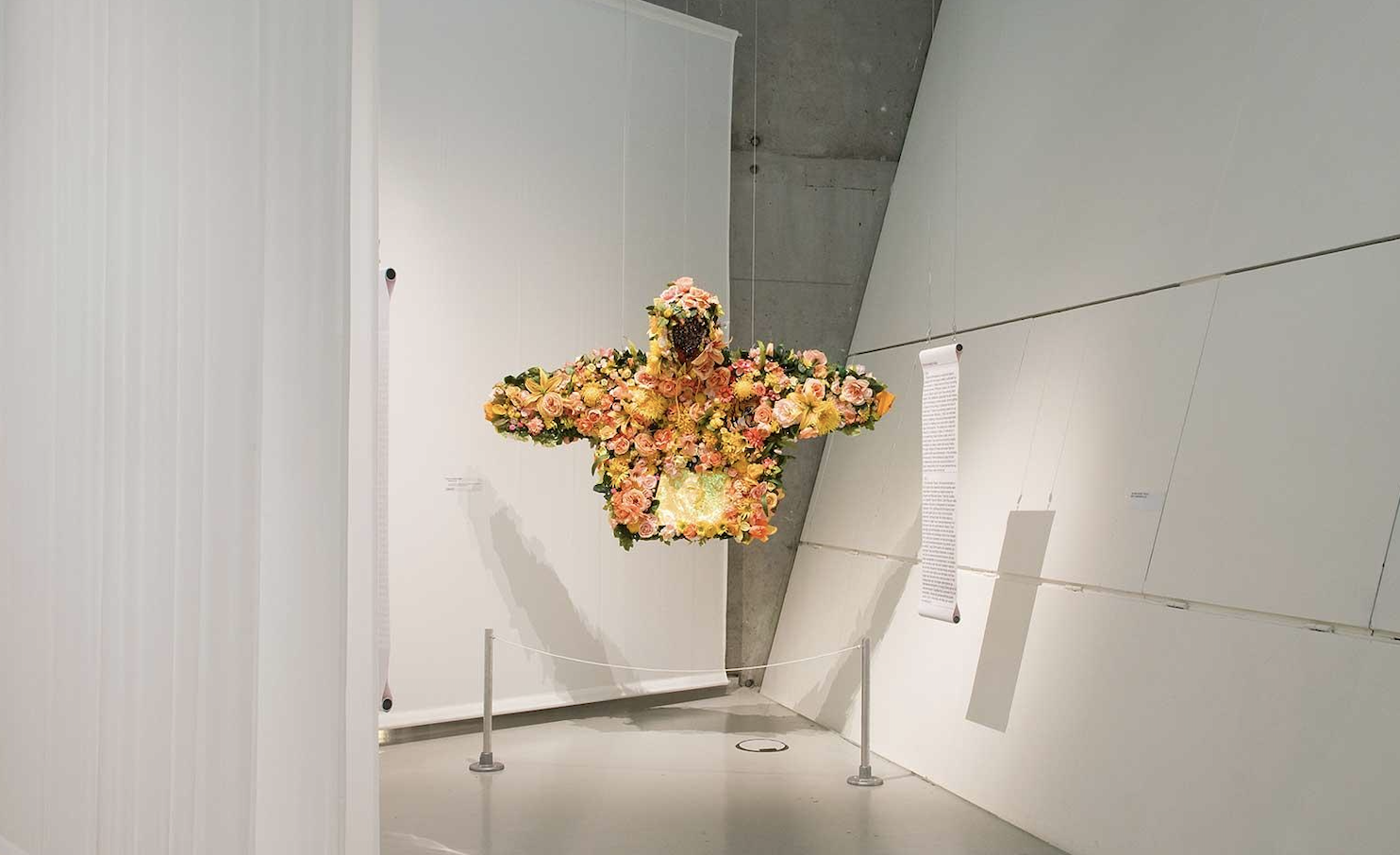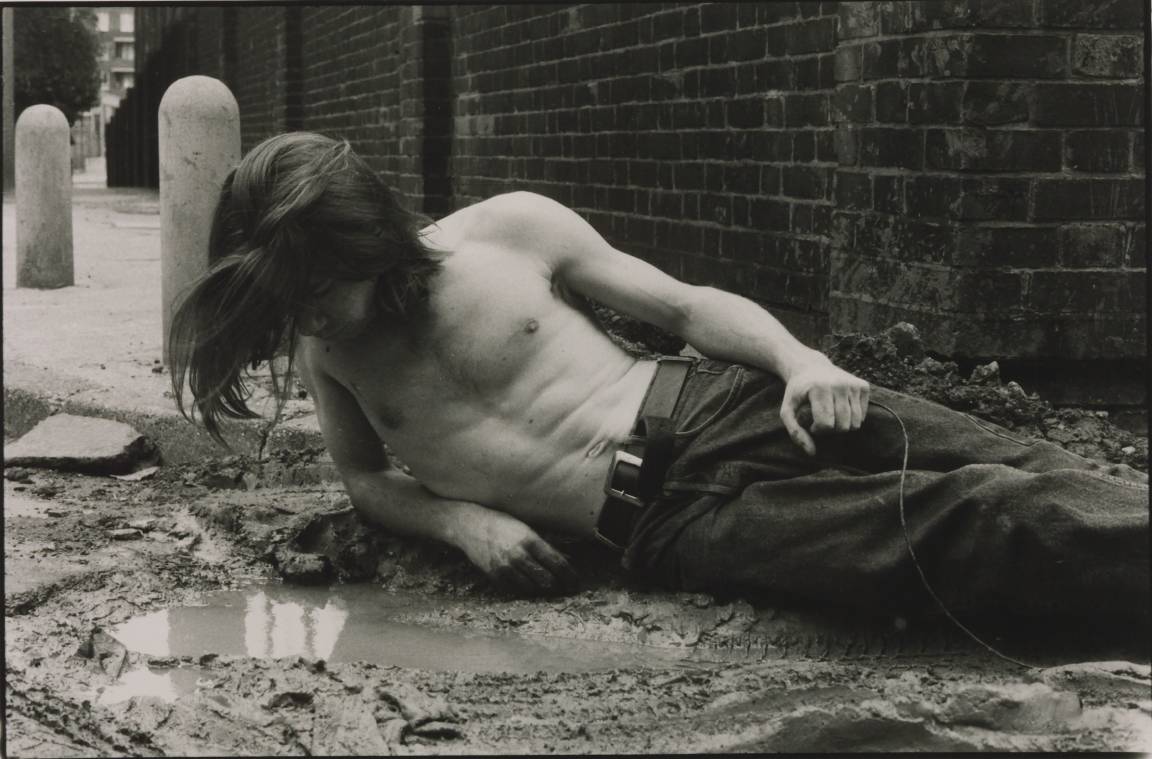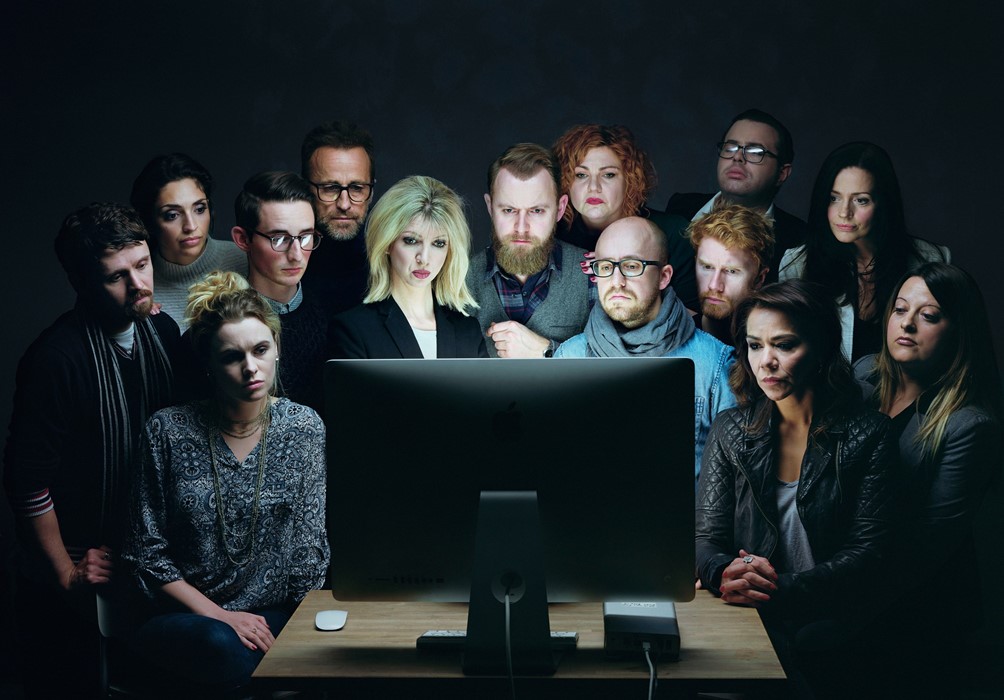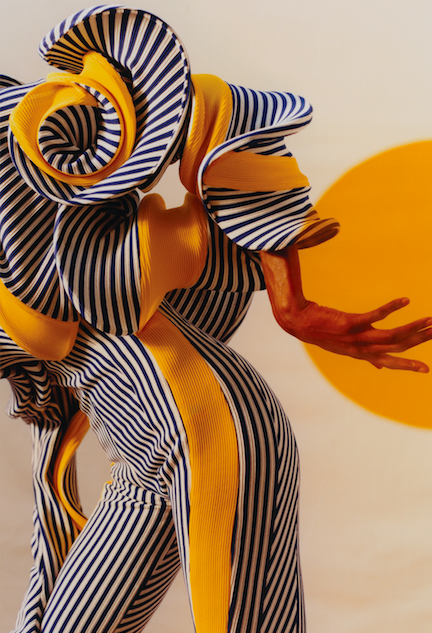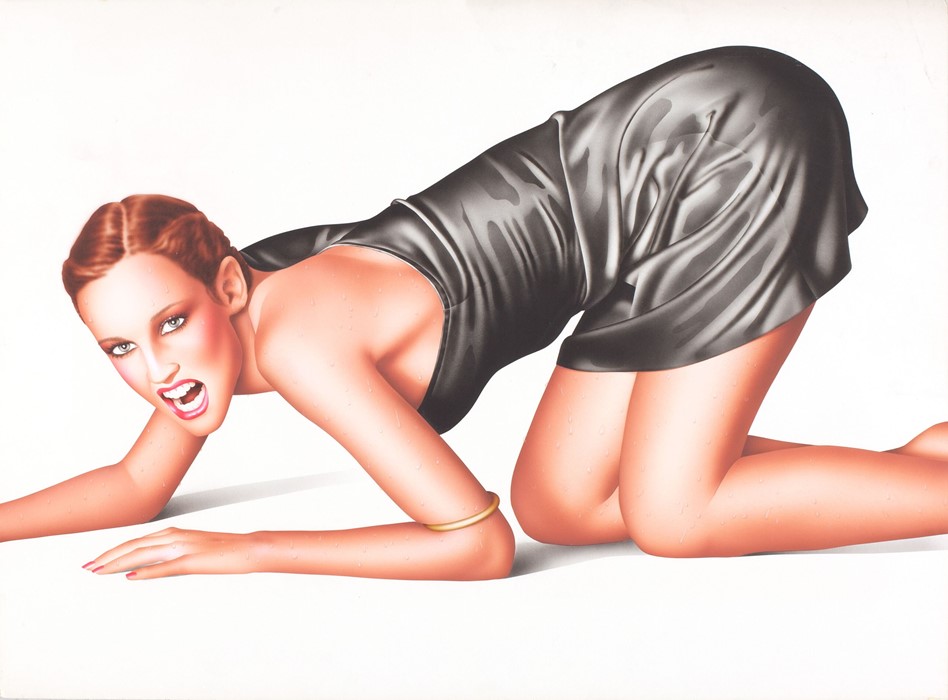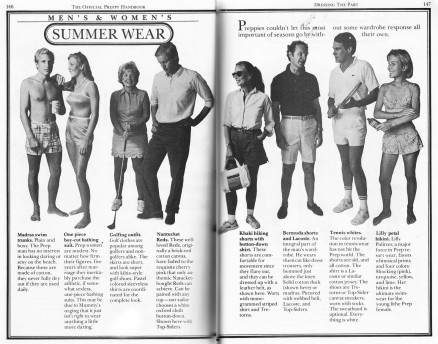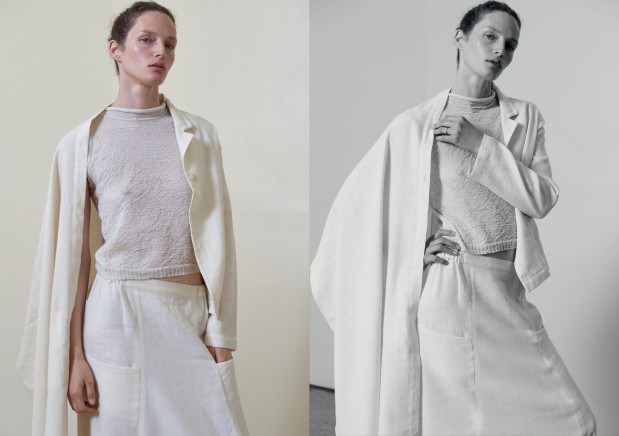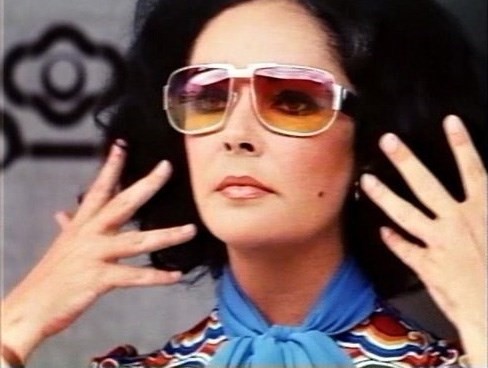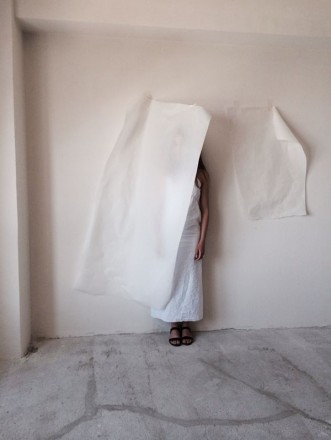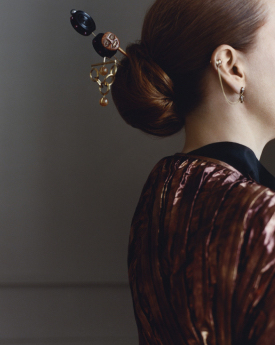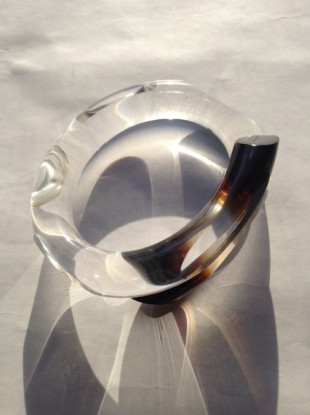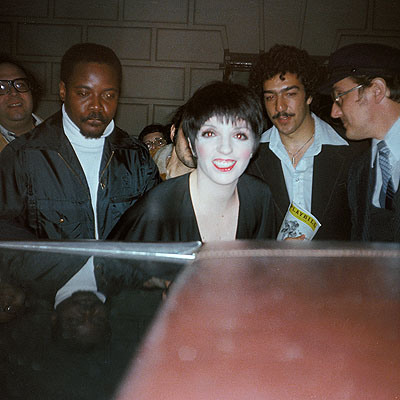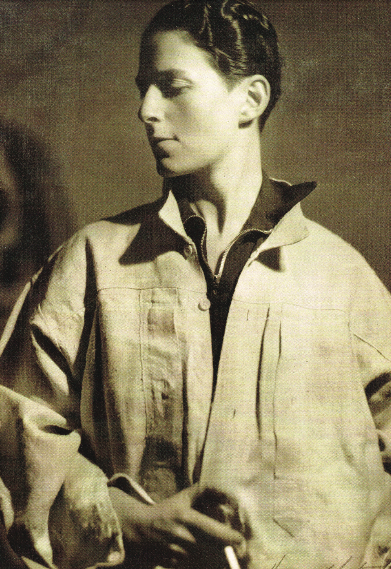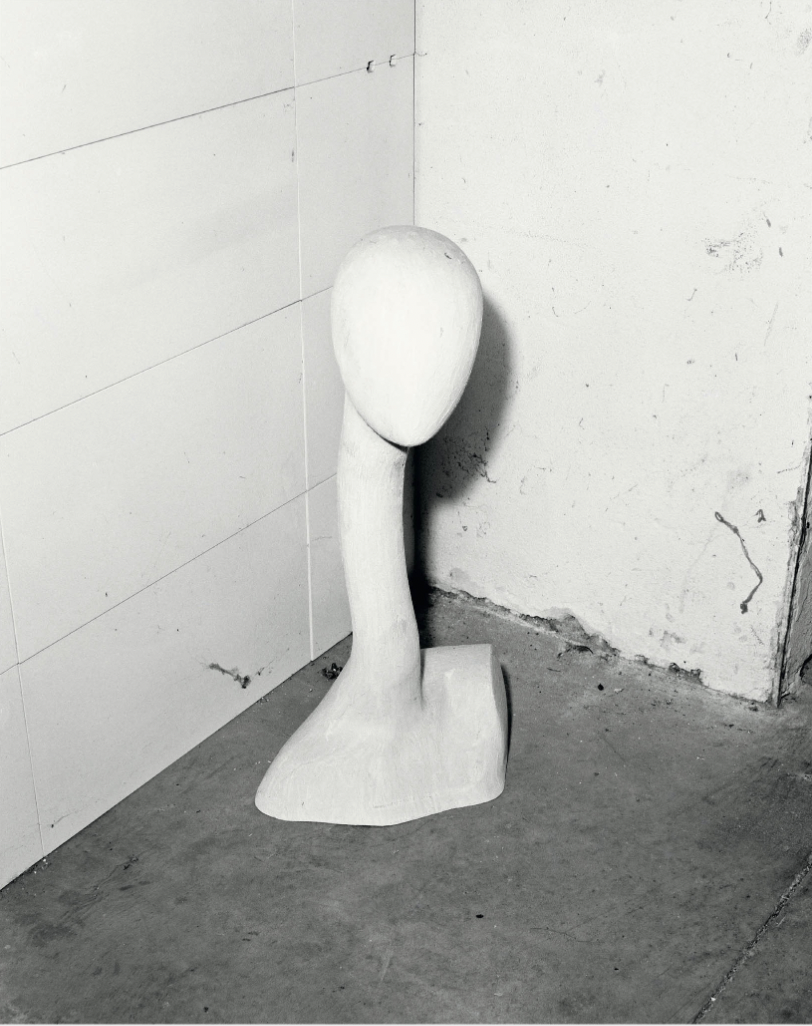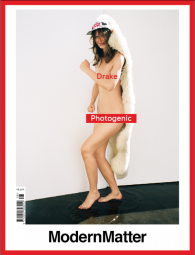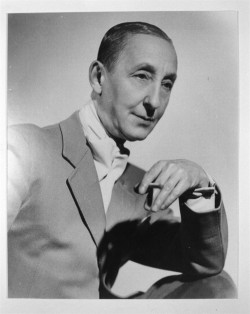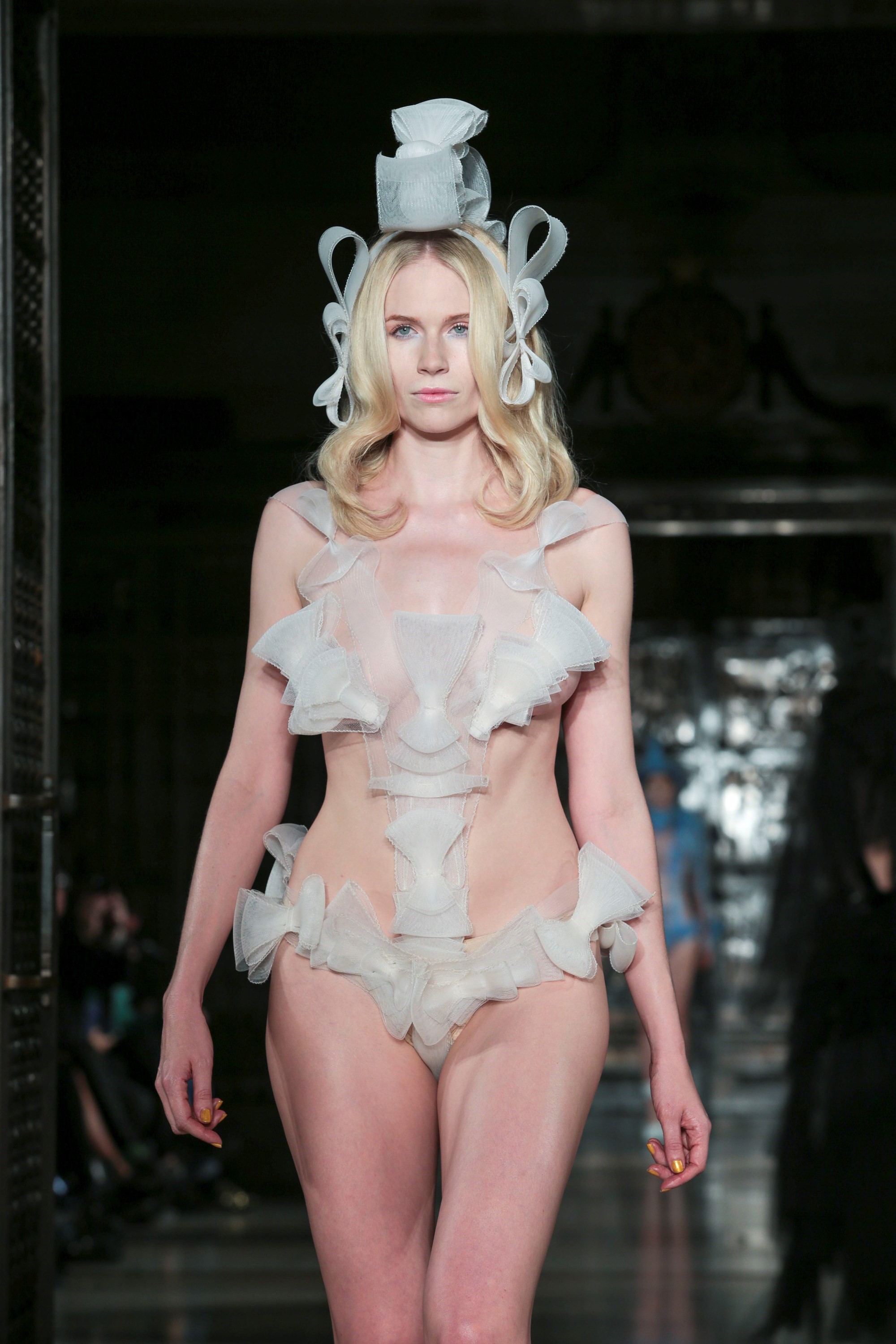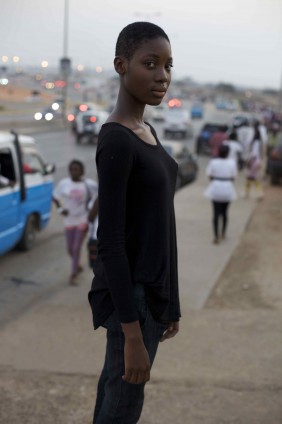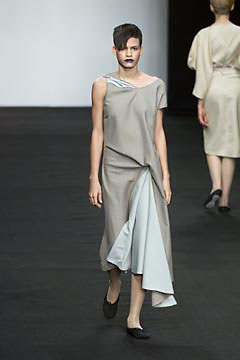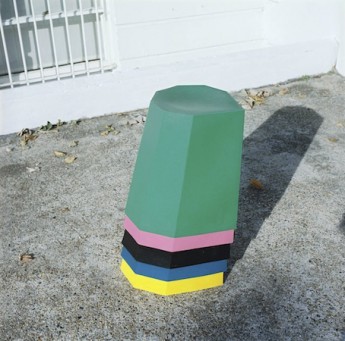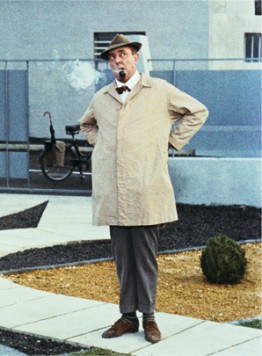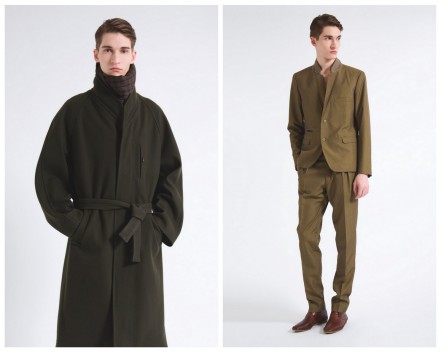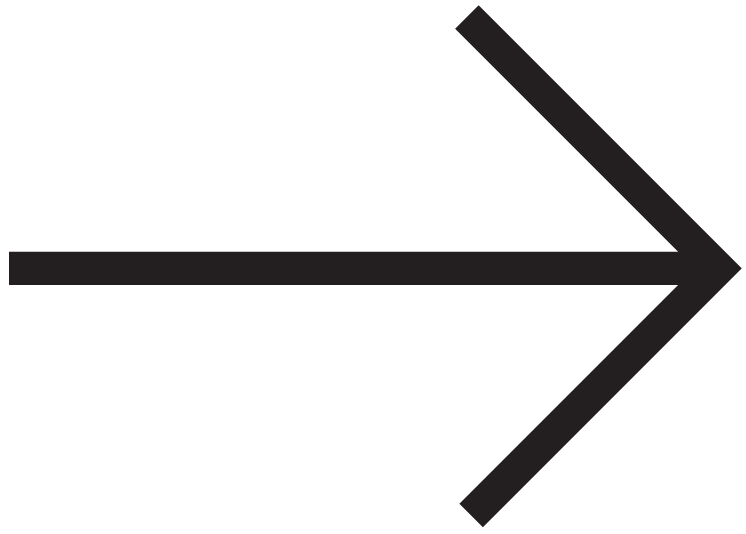June 2023
Ohyescoolgreat
︎︎︎Published in The Plant #19
Years, moment, Ohyescoolgreat
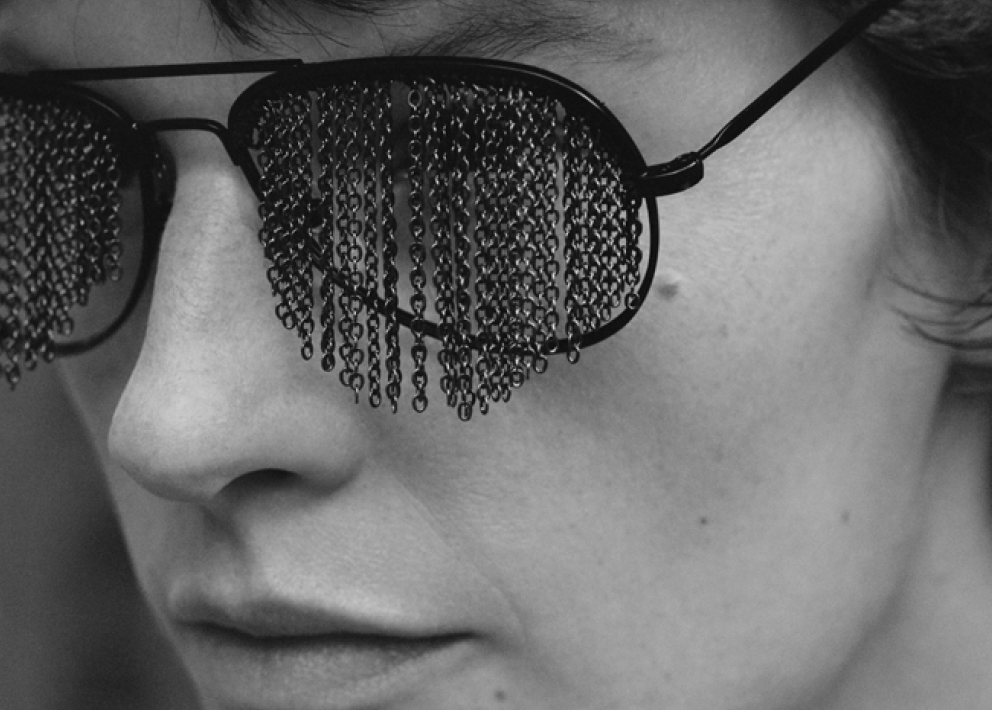
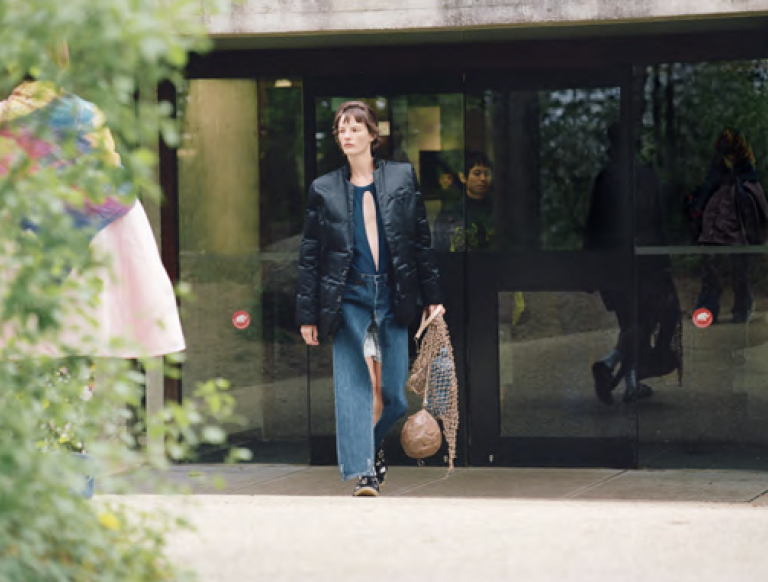
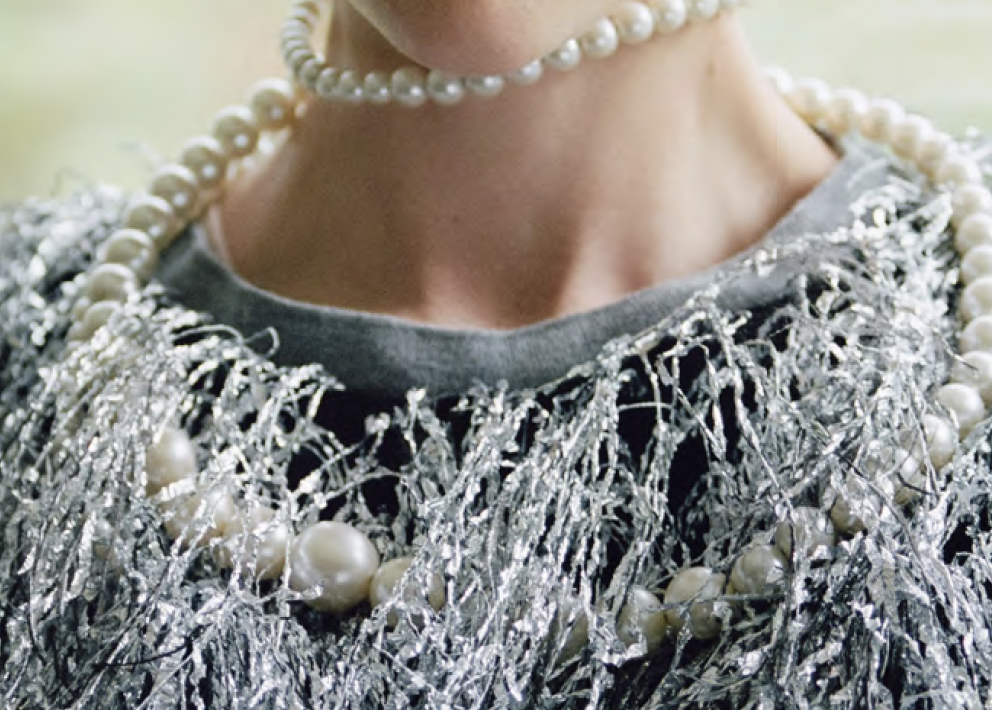
*
Bless N°05 is not a product - it is an opportunity.
It is an invitation from BLESS to customers with a critical outlook on taste and fashion. The BLESS N° 05 is a test of the conviction of BLESS customers to the fashion form that BLESS pioneers. It gives the chance through investment into the future design of BLESS to prove relevance of trust and the faith of customers. Here is the chance to participate in the creation of a new phase of design and to enable the development of new products. The goal is to achieve a partnership with customers which enables both parties to feel a sense of achievement at each new product that is created through this process. The pre-financing through subscription helps BLESS maintain it's freedom. Through this freedom one can concentrate on the essentials. The customer also benefits from this new interpretation of the coulture idea in the meaning of a special service. The offer is strictly limited and intentionally so to allow direct contact with the participating members to encourage and contribute to the interaction between BLESS and it's customers. The offer is a purchasable right to be part of the "trust partnership" and is valid for one year. This entitles the member to certain inalienable rights which are: • Special services, as i.e. the choice of a personel limited-number. • Exclusive delivery (before the general public) • Special conditions for the BLESS advanced line and other special products • Cost savings on BLESS products • Laid back consumption __ The cost od participating in the BLESS "trust partnership" is DM 1000.-, which means to receive the next 4 BLESS products free. __ subscribe BLESS / abonnez- BLESS / abonniere BLESS / pay once 1000,- DM and get the next 4 BLESS products, relax for 1 year. For subscribtions call: BLESS Paris +33 1 48 01 67 43 • BLESS Berlin +49 30 44 01 01 00 • BLESS GbR Kaag/Heiss ∞ Oderberger Strasse 60, 10435 Berlin, Germany * Bankverbindung/ Relation banquaire/ Bank Account: BLESS GbR Kaag / Heiss ™ Dresdener Bank, Berlin (Bereich 262) • BLZ / Code etablissement: 120 800 00 • Konto / Numero de compte: 40 486 036 00 M•&-**/ FOR INFORMATIONS CALL: PRESS PARIS +33-1-42 01 5100 • pressing@wanadoo.fr • PRESS MILANO +39-02-58 10 55 20 • fsoncini@planet.it www.bless-service.de blessparis@wanadoo.fr blessberlin@csi.com
- BLESS N°05 Subscribe BLESS (1998)
BLESS is best explored as a speculative project for a different kind of fashion making. The creative platform established 26 years ago by designers Desiree Heiss and Ines Kaag sits directly within (or outside of) all of the creative disciplines and resists formal categorisation. BLESS products are rigorous, fantastic, poetic, spiritual and sometimes, joyfully odd.
Formally trained in fashion, both Heiss and Kaag were suspicious of the discipline’s glittery veneer from the start. The period in which they met – the early 1990s – felt like a particularly free time for young designers and artists. Despite an underlying sense of both climate and political crises, things seemed possible. In fashion, the left shoulder on a two-button jacket could be yanked up 10 inches and it would be accepted; a skirt could become an object for the home. Upcycling army surplus was pragmatic, not profound. A transgressive naiveté flourished and as a result “the nineties” have become shorthand for bold ideas previously uncomplicated by the engulfing scale of the internet. Today, even the rambunctious pseudo-intellectual silhouettes of Rei Kawakubo have been flattened into little more than bejewelled seasonal blips. The very notion of being – let alone surviving as – a ‘conceptual fashion designer’ has been erased with every software update.
Demimoorebag, life, wondered
Despite BLESS not being underground nor unknown, it feels like a challenge to try and get to know what it is or who Heiss and Kaag are. They have enjoyed a level of personal anonymity that is difficult to imagine in our byzantine digital age. Early on they refused to have their portraits taken, which Heiss says was ‘almost like an educational statement to explain that the core of our work is not about us as people. It's really about what we want to say with our products.’ After releasing a series of accessories, their first full clothing collection – BLESS N°09 Merchandising – was offered in 1999 as an answer to the dilemma of persisting press requests for portraits of the designers and included t-shirts with their pictures on. Two years ago they decided to make a new product-cum-portrait, this time creating a handloom jacquard of their merged faces. ‘Supposedly, BLESS is a child – now of 26 years old – which is a great age,’ Kaag says. ‘This is BLESS today.’
When the pair first met in 1993 at an international competition in Paris they had not been used to the rhythm and demands of creative collaboration. Heiss, studying at Hochschule für Angewandte Kunst in Vienna, navigated the English eccentricity of guest professor Vivienne Westwood with the sensual rigour of Helmut Lang and later costume designer Frida Parmeggiani. Kaag meanwhile spent her time at Fachhochschule für Kunst und Design in Hanover exploring what ‘innovation’ meant within the context of fashion. They were immediately drawn to the handcrafted alchemy of each other’s work: Heiss using crochet and Kaag felt.
They kept in touch and worked on an edition of 20 sheer summer tops in 1995. They spread posters around Vienna and Berlin of collaged women wearing them with only the name BLESS and a telephone number underneath. Soon after, using money borrowed from their parents, they placed ads in i-D, Self Service and Purple Fashion listing the same number next to a Polaroid of the first BLESS product: a fur wig. Martin Margiela commissioned the duo to make more out of old fur coats for his A/W 1997 show. BLESS’s creative output was – and is – fuelled by a kind of rational naiveté.
When they first had the idea to collaborate, they penned a manifesto:
‘BLESS is a visionary substitute to make the near future worth living for. She is an outspoken female – more woman than girl. She’s not a chosen beauty, but doesn’t go unnoticed. Without a definite age she could be more between her mid twenties and forties. B. hangs around with a special style of man. She has no nationality and thinks that sport is quite nice. She’s always attracted by temptations and loves change. She lives right now and her surroundings are charged by her presence. She tends to be future orientated.

